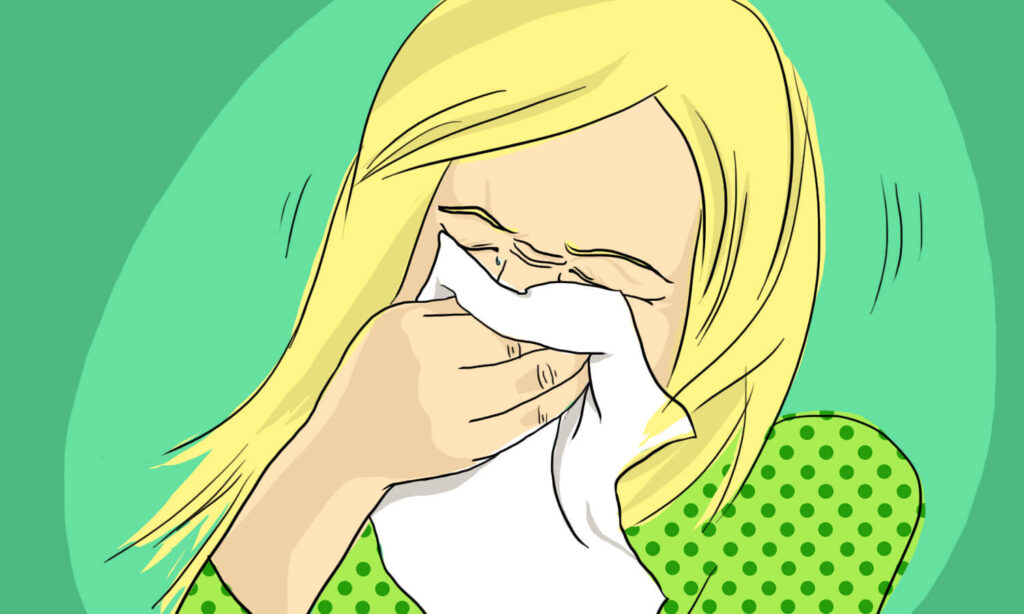If hay fever makes you miserable each year, then you’re part of a very big club — the Centers for Disease Control and Prevention estimates that as many as 60 million Americans experience seasonal allergies, or allergic rhinitis, every year. But many sufferers can minimize or avoid symptoms by monitoring local weather and allergy forecasts and starting treatment as early as possible.
According to the American College of Allergy, Asthma, & Immunology (ACAAI), spring allergies begin as early as February in many parts of the U.S., when trees bloom and release pollen. Grass pollination occurs later in the spring and continues through the summer, but may happen throughout the year in tropical climates. Ragweed, the main culprit for fall allergies, begins pollinating around August, usually peaking in September before finishing in November. Outdoor mold is more prevalent during the summer and fall, but can be present throughout the year in damp spaces.
Pollen and airborne allergens can also fluctuate on a daily basis, according to ACAAI. Cool nights and warm days frequently translate into higher pollen counts. Levels can surge during warm, windy days, and while rain washes pollen away, counts typically rise quickly after the rain passes. Pollen counts also tend to peak during the morning hours. Many weather apps can provide daily allergy forecasts. You can also download a dedicated allergy forecast app like My Pollen Forecast or Allergy Plus, or visit pollen.com.
The Mayo Clinic recommends treating allergy symptoms with over-the-counter antihistamines (such as Zyrtec or Claritin), nasal sprays, and oral decongestants. If your seasonal allergies are severe, your doctor may recommend allergy testing or allergy shots.
